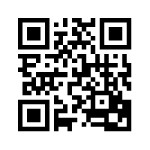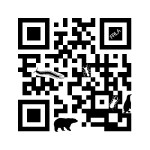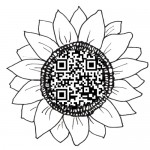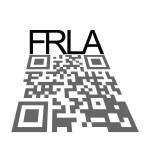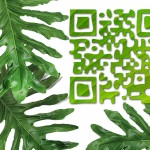- GPS Tracking Survey
- Guide to Botanic Garden Creation
- Google Correlate Botanic Garden Visitor Patterns
- Space Use Analysis
- Natural Heritage Visitor Centre Report
- Narrative Landscapes
- Natural Visitor Centre Survey
- QR Codes in Visitor Attractions
- About us in Chinese
- Botanic Garden Infographic
- Gloucester City Botanic Garden
- Plantnetto
- Botanic Garden Competition (II)
- Barefoot Paths
- Making an Entrance
- Botanic Garden Competition
- Architect of the Year Awards
QR Codes are a type of bar-code that stores information in two dimensions. This gives them a greater capacity for storing data, which can take the form of text and numbers or even a web-address. With the increase in smart-phone ownership and the availability of apps that allow the phone’s camera to scan and extract information from these codes, they are becoming increasingly incorporated in to marketing campaigns, shopping experiences and even television programs.
The structure of QR Codes are such that they have a certain amount of flexibility built in to them, which can be exploited to create more interesting designs. The examples below show how a standard QR Code can be incorporated in to a larger image, have parts replaced with other images, have its perspective changed and even be a different colour and texture while still maintaining its function.
This ability to alter a QR Code to fit the aesthetics of a particular situation is very appealing. However, within the context of a natural heritage attraction, such as a botanic garden, zoo, visitor centre or nature reserve, it is worth remembering that they are effectively just a method of linking your visitor to a website via their phone. It is vital that the experience they get when using these codes is engaging.
